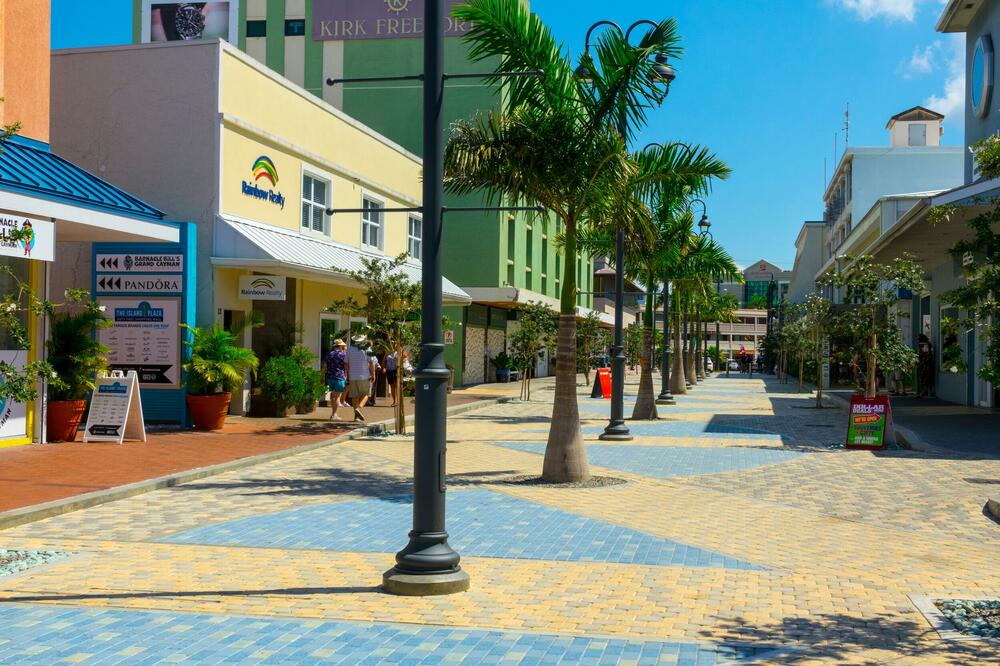Dutch-Canadian photographer Paolo Woods was living in Haiti in 2012 when his friend and fellow photographer Gabriele Galimberti came to visit him. The topic of taxes came up and Galimberti, an Italian citizen, mentioned that his tax bill had arrived and that Rome would be asking for almost 50 percent of his income, he writes Radio Free Europe (RSE).
The two joked that since the Cayman Islands were only a short distance away, Galimberti should "go and hide" his money there.
The photographers then realized they knew next to nothing about the murky world of offshore banking. Two months later, they flew to the Cayman Islands to begin work on the project that became known as Heaven.
The photo-project is on display in Sofia's Synthesis gallery until June 15 and offers a fascinating insight into the almost invisible world of offshore tax havens.
"This whole system is secret," Woods told Bulgarian broadcaster RSE. "As a journalist, when you want to investigate it, he does everything he can to stop you."
"Gabriele and I realized that the offshore system is closely connected to the global economy and that much of this system is actually legal."
From the US state of Delaware to the Virgin Islands, offshore zones serve as places to anonymously invest wealth and avoid tax obligations.
In addition to offering a place to deposit money and assets, offshore territories also allow people to establish non-transparent legal entities. Such so-called "shell companies" may have their own assets in the form of artwork, cash and real estate ownership.
Secrecy is at the heart of the offshore banking system, and getting permission to enter was by far the biggest challenge of the photo project.
"It was extremely difficult," says Woods. "It took a long time to compile the project because it is almost impossible to get to those places and institutions. Many of them rejected us, and some blocked our access as soon as we arrived."
As an illustration of the level of secrecy and security of this financial underworld, the photojournalist says some of the offshore facilities include warehouses accessed through multiple doors that require codes and iris scans, meaning an insider had to be with them every step of the way.
The photographers say their project aims to raise moral questions about the issue of tax havens.
It is estimated that around 32 trillion dollars are held in offshore entities around the world. Much of this wealth is held by super-rich individuals, but an increasing share belongs to companies that use havens to avoid regulations or tax obligations - in many cases perfectly legally.
Wood calls such havens "a structural instrument of the globalized economy."
The impact that hoarding wealth beyond the reach of governments can have is not immediately apparent in the same way as other global issues, the photographers say. But the loss of tax revenue for health care, education and infrastructure has a very real impact on the world.
"When you see a picture of a child dying in a war, you realize how cruel it is," Woods told RSE Bulgarian Service. "Many people find it difficult to understand the consequences of offshore zones because they cannot see them with their own eyes."
Bonus video:





